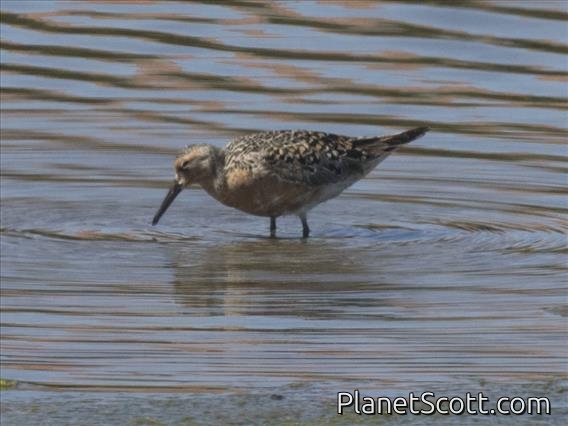Red Knot (Calidris canutus)

Red Knot (Calidris canutus)
×


Red Knot (Calidris canutus)
About Red Knot (Calidris canutus)
- Kingdom: Animals
- Phylum: Chordates
- Class: Birds
- Order: Pelicans
- Family: Sandpipers and Allies
The red knot or just knot is a medium-sized shorebird which breeds in tundra and the Arctic Cordillera in the far north of Canada, Europe, and Russia. It is a large member of the Calidris sandpipers, second only to the great knot. Six subspecies are recognised.
Source: Wikipedia
Lifelists
Visits
-
-
2012-01-29
Miranda, New Zealand -
-
-
-
-




